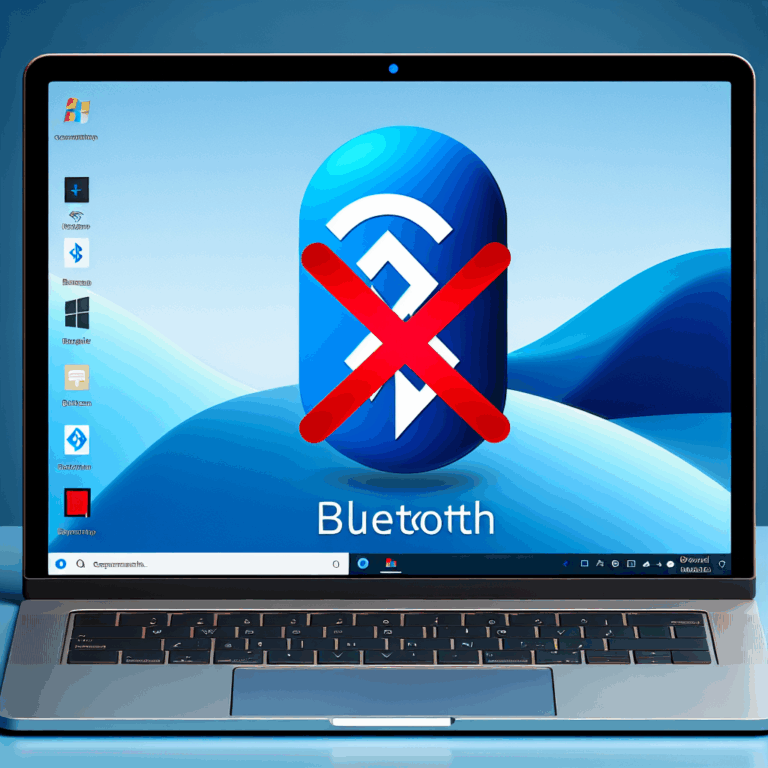Issue
This guide intends to assist customers on configuring HP ProLiant servers with Broadcom Multifunction NICs in order to boot off an iSCSI target and have MPIO configured (either during OS operation and NIC failover at server boot).
The Broadcom NIC that will be used in this guide is the NC382i that can be found embedded on the DL380/DL360 G6 and G7.
This guide also applies for the:
- NC382m/t
- NC373i/t/f (partly)
- NC370i/t/f (partly)
- NC371i/t (partly)
- NC380t (partly)
For the older Broadcom Multifunction NICs (marked with „Partly“), this guide does not apply on step 3, as the iSCSI configuration is done via a different method. Refer to this user guide:
Solution
NOTE: If booting off a LeftHand or device that uses a „Cluster IP“ or „Virtual IP“ concept, please update the NIC firmware to January 2012 version.
- Configure NICs:
- Decide which network ports user want to use for iSCSI booting.In this guide, the DL380 G7 has 4 NIC ports, user will use NICs 3 and 4.
- Boot into the server’s RBSU, go to System Options > Embedded NICs, and set NIC 3 Boot Options and NIC 4 Boot Options to Enabled„.NOTE: If using a mezzanine or PCIe card, ignore this step.

- Save settings, reboot the server and boot back into the server’s RBSU.
- Set the Boot Order for iSCSI proper boot:
- Go to Standard Boot Order (IPL) and set the NICs 3 and 4 (in this case) on the top of the list.
 NOTE: As the operating system is going to be installed after this process, do not change the boot order to what is being described in the screenshot. Within the Broadcom ROM, there is an option for it to skip boot to the iSCSI target.
NOTE: As the operating system is going to be installed after this process, do not change the boot order to what is being described in the screenshot. Within the Broadcom ROM, there is an option for it to skip boot to the iSCSI target. - Save settings and reboot the server.
- Go to Standard Boot Order (IPL) and set the NICs 3 and 4 (in this case) on the top of the list.
- iSCSI Configuration within Broadcom ROM
- While the server is during the POST process, the Broadcom setup menu will show (by default is pressing Control + S )

- Once in the Broadcom menu, proceed to configure each NIC card as independently.For this configuration, the NICs will be configured to connect to the same iSCSI target and if desired, both NICs can have the same iSCSI initiator name but still different IP.For configuration details refer to the following guides (Pages 80 to 82):
- Click here to access the technical document „HP Broadcom iSCSI Boot for NC382x Adapters User Guide“
- Click here to access the technical document at Broadcom .
 Under iSCSI Boot Configuration > General Parameters
Under iSCSI Boot Configuration > General Parameters NOTE:
NOTE:- As users are installing VmWare ESXi 5, it is only supported as „Software iSCSI“, not as HBA mode, therefore the option „HBA Boot Mode“ must be disabled.
- As the server will be booted off a CD-ROM to proceed with OS installation, set the option „Boot to iSCSI Target“ to „One Time Disabled“.
 This screenshot is for NIC #3. The only change done for NIC #4 was the IP address and the iSCSI initiator name.Under iSCSI Boot Configuration > 1st Target Parameters.
This screenshot is for NIC #3. The only change done for NIC #4 was the IP address and the iSCSI initiator name.Under iSCSI Boot Configuration > 1st Target Parameters. NOTE: Within the each NIC configuration, there is an option called „Secondary Device Parameters“. Do not use this option at all.
NOTE: Within the each NIC configuration, there is an option called „Secondary Device Parameters“. Do not use this option at all. - Once the configuration is complete, save settings and let the server boot up.
- When POST finishes, it will initialize the NICs but will not boot off the target (If user set the „Boot to iSCSI Target“ to „One time disabled“.) A sample screenshot:

- While the server is during the POST process, the Broadcom setup menu will show (by default is pressing Control + S )
- VmWare ESXi 5 installation
- Boot the server with the ESXi 5 installation media during the setup process, it will detect the remote iSCSI disk.

- Let the installation proceed.
- Reboot the server.
- When POST finishes, the server will boot off the NIC.
- Boot the server with the ESXi 5 installation media during the setup process, it will detect the remote iSCSI disk.
- VmWare ESXi 5 configuration for MPIO
- Login to the ESXi 5 server via vSphere Client.
- Under Configuration > Networking a new vSwitch will show with the name iScsiBootvSwitch as vmk1 which has the vmnic2 (physical NIC3).
- Click on Properties for this vSwitch.
- Under Network Adapters tab: add vmnic3 (physical NIC4).
 At this moment, the operating system will fall back to the next NIC in case the „active“ NIC gets unplugged or fails.Same will happen when the server is booting up.NOTE: In this configuration, VmWare will not show 2 or more paths for the iSCSI volume.
At this moment, the operating system will fall back to the next NIC in case the „active“ NIC gets unplugged or fails.Same will happen when the server is booting up.NOTE: In this configuration, VmWare will not show 2 or more paths for the iSCSI volume.
Source: https://support.hpe.com/hpesc/public/docDisplay?docId=emr_na-c03271114

